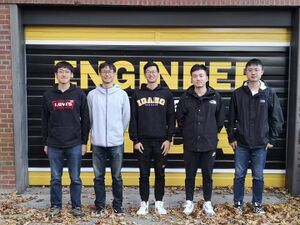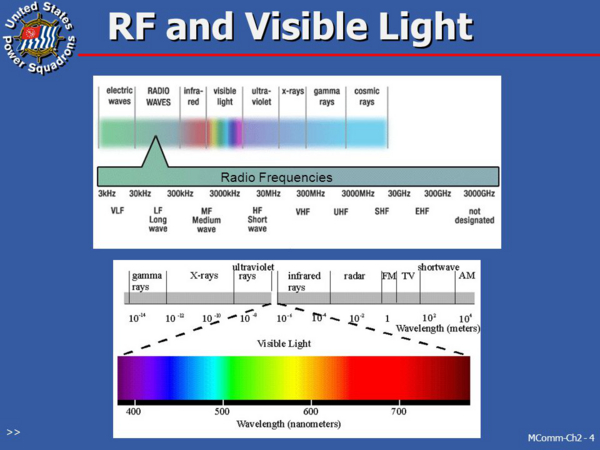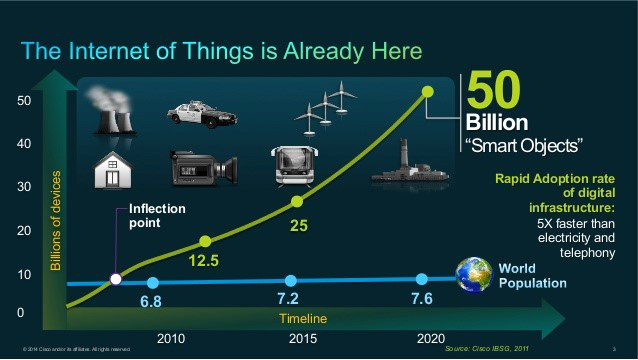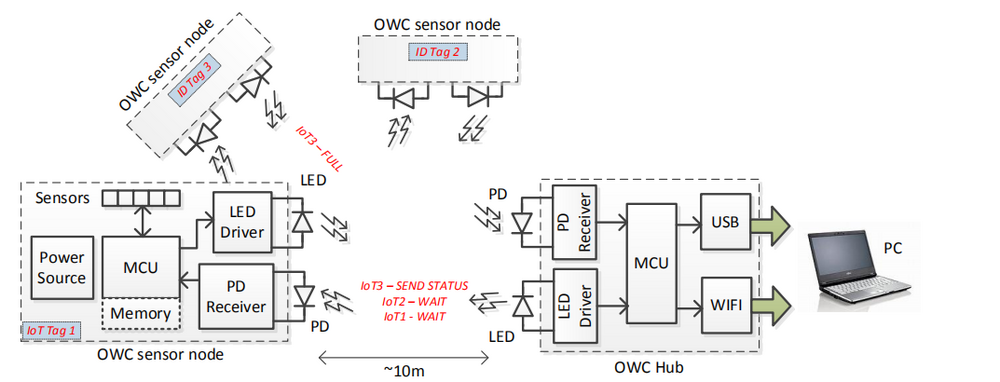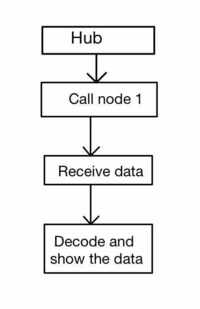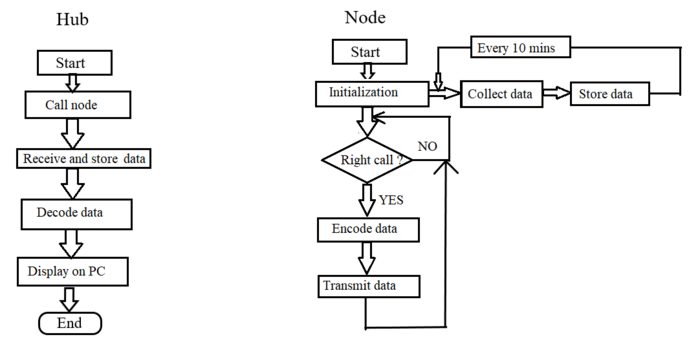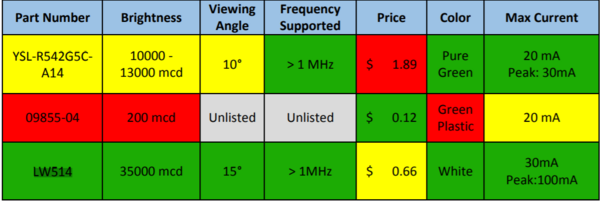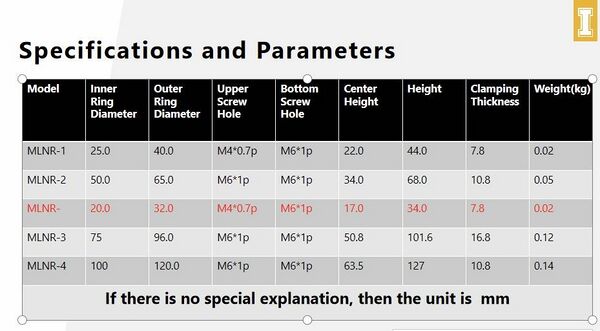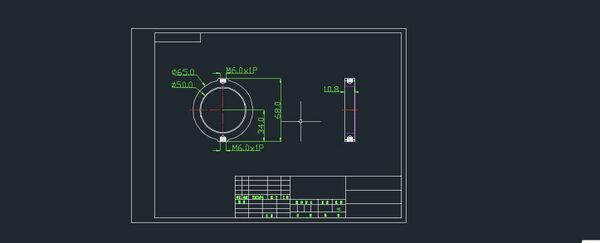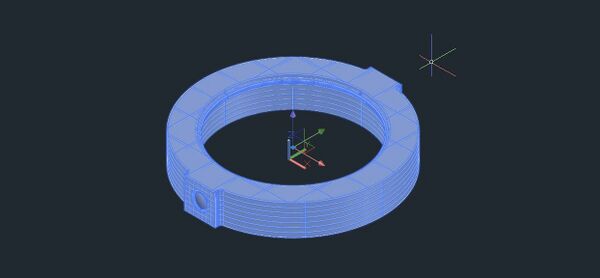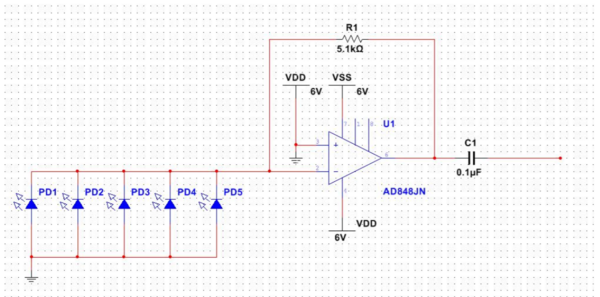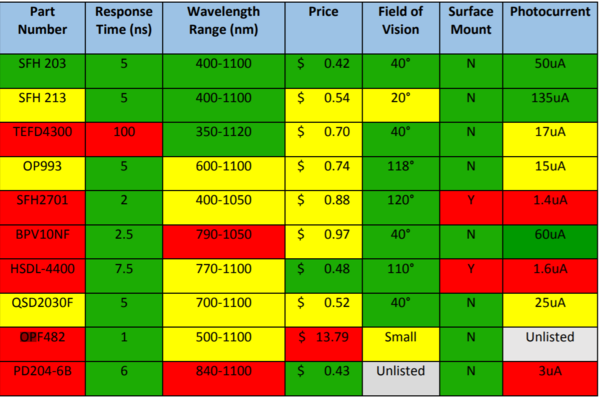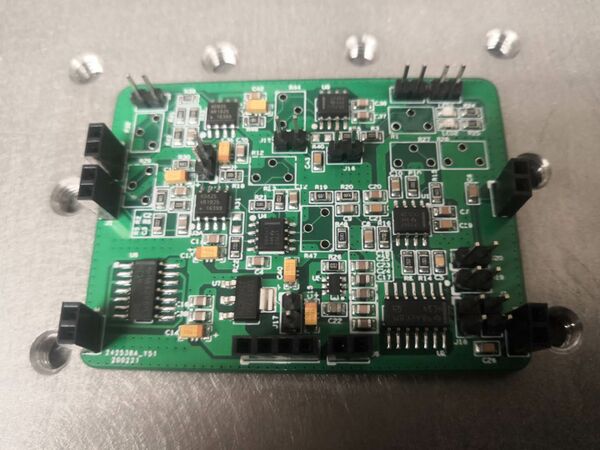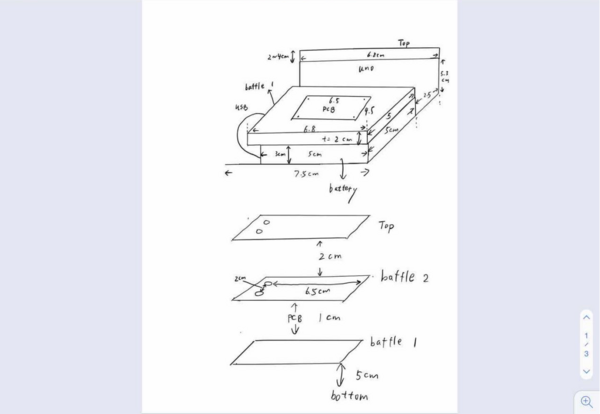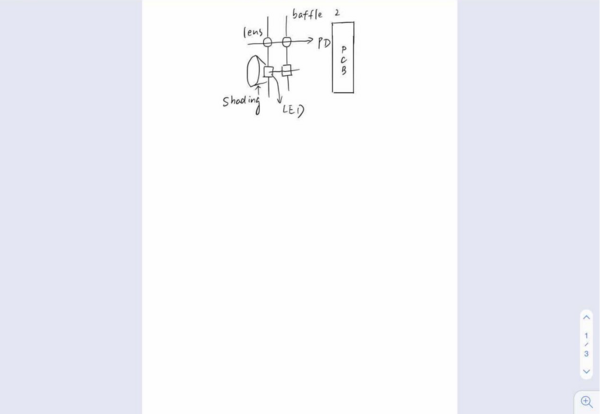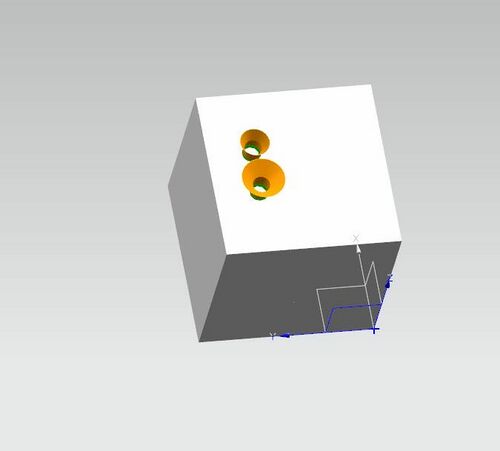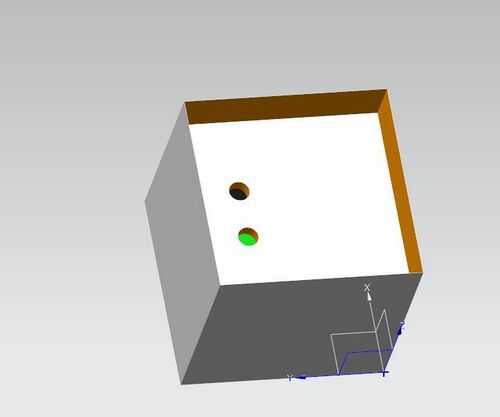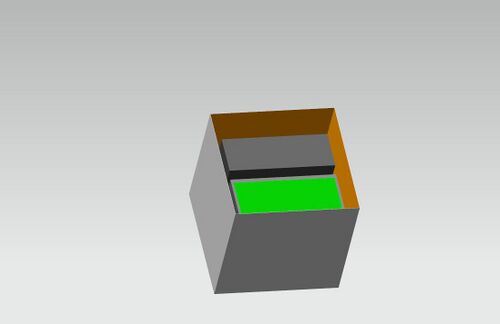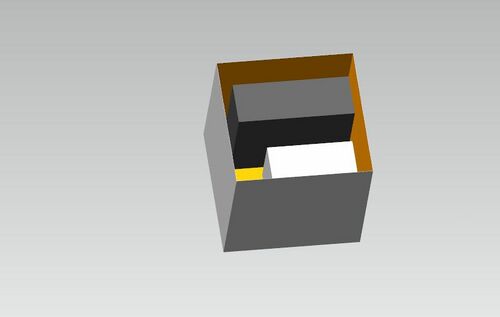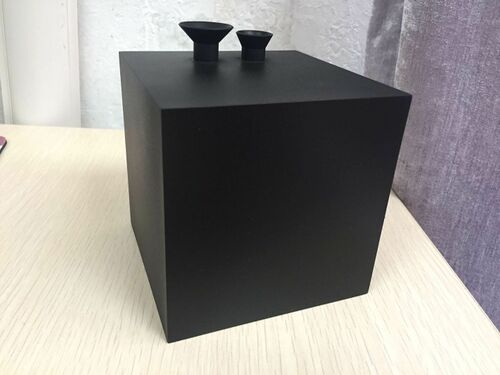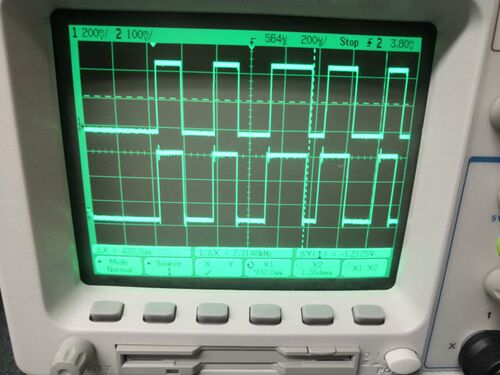IoT enabled sensor node
| IoT enabled sensor node | |
| Sponsors | Dr. Suat Ay |
| Team Name | Flash-IoT |
| Duration | Fall 2019 -Spring 2020 |
| Faculty Adviser | |
| Mentor | |
| Client | |
| Team Members |
|
The goal of the project is developing a low-power Internet-of-Things (IoT) enabled smart sensor node that is capable of generating, processing, and storing locally generated sensor data (i.e. position, identification, sensory info, etc.) and communicating through optical means to an optical wireless communication (OWC) hub.
Problem Definition[edit | edit source]
event 5G will provide extended wireless connectivity and capacity, it is expected that massively deployed IoT devices will require data traffic that would not be met by only RF based wireless technologies. The wireless connectivity based on wide optical bands, termed as Optical Wireless Communication (OWC),is considered to be promising solution for the development of high density and high capacity 5G and IoT networks of the future. In comparison to RF-based networks, OWC-based network technologies offer unique advantages such as high data rate, low latency, high security, and low energy consumption without interfering with RF communication channels.
Background[edit | edit source]
The life of a citizen of the early 21st century takes place simultaneously in physical and cyber space. In couple of years more than 50 billion devices will connect more than 7.6 billion people with exponentially increasing connectivity demand. As the demand for data heavy wireless applications and services are increasing, the RF spectrum will get more congested resulting in slower wireless browsing or worse. This necessitates communication service technology to shift from fourth generation (4G) to fifth generation (5G). It is expected that the 5G will be deployed many part of the world by 2020. Comparing with the 4G, the 5G will offer new services with high quality of services (QoS) and quality of experience (QoE), high user capacity (1000x), higher data rates (100x), lower power (10x), and lower latency.
Deliverables[edit | edit source]
Figure 1. Envisioned IoT enabled sensor node with Optical Wireless Communication (OWC).
Minimum expectation is to design and verify a compact IoT enabled optical transceiver sensor nodes that could respond to commands received from OWC hub in visible spectrum, achieving up to 10m optical wireless communication (OWC) distance and more than 100Kb/s upload data rate with less than 10-3 BER as shown in Figure 1. Transmitter unit has to be able operate with off-grid power sources (i.e. battery) for extended period of time (i.e. weeks), and should be compact enough to be deployed remote locations. The unit should have smart processing (i.e. MCU), storage (i.e. store sensory data every hour for a month), and integrated sensor(s) (i.e. temperature, humidity, etc.). Available development
Specifications[edit | edit source]
File:2019 Flash-IoT product requirements REV1(1).pdf
Design Solution[edit | edit source]
- System Diagram
- Component Selection & Sizing
System Diagram[edit | edit source]
Algorithm
- Transmitter
- Receiver
- Summary
Circuit Design
2019_Flash-IoT_Design Review_Flash-rev1.0
2020_Flash-IoT_Engineering Release Review_rev1.95
Component Selection & Sizing[edit | edit source]
LED
Lens holder
Operational Amplifier
Photodiode
- File:2019 Flash-IoT opt101.pdf
- File:2019 Flash-IoT Copy of Two example data-sheets of Photodiodes.pdf
- File:2019 Flash-IoT BPX 61, Lead (Pb) Free Product - RoHS Compliant-318809.pdf
PCB
Project Learning[edit | edit source]
Literature interview
File:Visible Light Communication MQP Report Final 2014-2015.pdf
File:Visible Light Communication Kits for Education.pdf
File:Leuven-VLCReport.pdf
File:Jitter Analysis of PWM Scheme in High Speed Serial Link.pdf
File:A 6-m OOK VLC Link Using CMOS-Compatible.pdf
Engineering analysis
2019_Flash-IoT_Design Review_Flash-rev1.0
2020_Flash-IoT_Engineering Release Review_rev1.95
Tests
File:2019 Flash-IoT TEST.pdf
File:2020 Flash-IoT PD TEST 1(1).pdf
Software Learning
File:2020 Flash-IoT Code-Part 1.pdf
File:2020 Flash-IoT Code-Part 2.pdf
Manufacturing[edit | edit source]
Black Box
- Design sketch
- Internal view
- Physical map
Test Results[edit | edit source]
Validation[edit | edit source]
File:2019 Flash-IoT Design Validation Plan v1.0(1).pdf
Team Members[edit | edit source]
|
Major:Electric Engineering Name:Xueren Wang Responsibility:Team leader/Meeting Organizer
|
Major:Electric Engineering Name: Wei Hu Responsibility:Primary Client Contact/Meeting Note Taker
| ||
|
Major:Electric Engineering Name:Yuhang Dai Responsibility:Treasurer/Budget Planner
|
Major:Electric Engineering Name: Yanqin Huang Responsibility:Documentation manager
| ||
|
Major:Electric Engineering Name: Zhicai Li Responsibility:Project Process Supervisor
|
Additional Documentation[edit | edit source]
Budget
File:2019 Flash-IoT Budget Template FA-SP REV 1.0.pdf
File:2020 Flash-IoT Capstone - Indented BOM and Manufacturing Plan template(1).pdf
Plan A
Plan B
Client Interview
File:2019 Flash-IoT Client Q&A.pdf
Circuit Design
File:2020 Flash-IoT sch1.03.pdf
Project Schedule
File:2019 Flash-IoT project schedule FA-SP-REV1.pdf
Meeting Minutes
File:2019 Flash-IoT Weekly Meeting Minutes.0912.pdf
File:2019 Flash-IoT Weekly Meeting Minutes.0919.pdf
File:2019 Flash-IoT Weekly Meeting Minutes.0926.pdf
File:2019 Flash-IoT Weekly Meeting Minutes.1010(1).pdf
File:2019 Flash-IoT Weekly Meeting Minutes.1017.pdf
File:2019 Flash-IoT Weekly Meeting Minutes.1024.pdf
File:2019 Flash-IoT Weekly Meeting Minutes.1031.pdf
File:2019 Flash-IoT Weekly Meeting Minutes.1107.pdf
File:2019 Flash-IoT Weekly Meeting Minutes.1114.pdf
File:2019 Flash-IoT Weekly Meeting Minutes.1205.pdf
File:2019 Flash-IoT Weekly Meeting Minutes.1212.pdf
File:2020 Flash-IoT Weekly Meeting Minutes.0123.pdf
File:2020 Flash-IoT Weekly Meeting Minutes.0130.pdf
File:2020 Flash-IoT Weekly Meeting Minutes.0206.pdf
File:2020 Flash-IoT Weekly Meeting Minutes.0213.pdf
File:2020 Flash-IoT Weekly Meeting Minutes.0227.pdf
File:2020 Flash-IoT Weekly Meeting Minutes 0312 (1).pdf
File:2020 Flash-IoT Weekly Meeting Minutes 0326 (1).pdf
File:2020 Flash-IoT Weekly Meeting Minutes.0402.pdf
File:2020 Flash-IoT Weekly Meeting Minutes.0409.pdf
File:2020 Flash-IoT Weekly Meeting Minutes.0416.pdf
File:2020 Flash-IoT Weekly Meeting Minutes.0428.pdf
File:2020 Flash-IoT Weekly Meeting Minutes.0430.pdf
References
- PD circuits
- File:Single-supply opamp design.pdf
- File:Design of visible light communication receiver for on-off keying modulation by adaptive minimum-voltage cancelation.pdf
- File:Applsci-07-00670-v2.pdf
- File:An-photodiode-parameters-characteristics.pdf
- Other
- File:Ultra-wide coverage VLC system with alignment-free receiver.pdf
- File:Performance Comparison of MIMO Techniques for Optical Wireless Communications in Indoor Environments .pdf
- File:Indoor Optical Wireless Systems Technology, Trends, and Applications .pdf
- File:Indoor Optical Wireless Communication Potential and State-of-the-Art.pdf
- File:Improvement of the Transmission Bandwidth for Indoor Optical Wireless Communication Systems Using a Diffused Gaussian Beam.pdf
- File:Cellular Indoor OWC Systems with an optimal Lambertian Order and a Handover Algorithm.pdf
- File:Aligning the Light Without Channel State Information for Visible Light Communications.pdf
- File:4.5-Gbs RGB-LED based WDM visible light communication system employing CAP modulation and RLS based adaptive equalization.pdf
